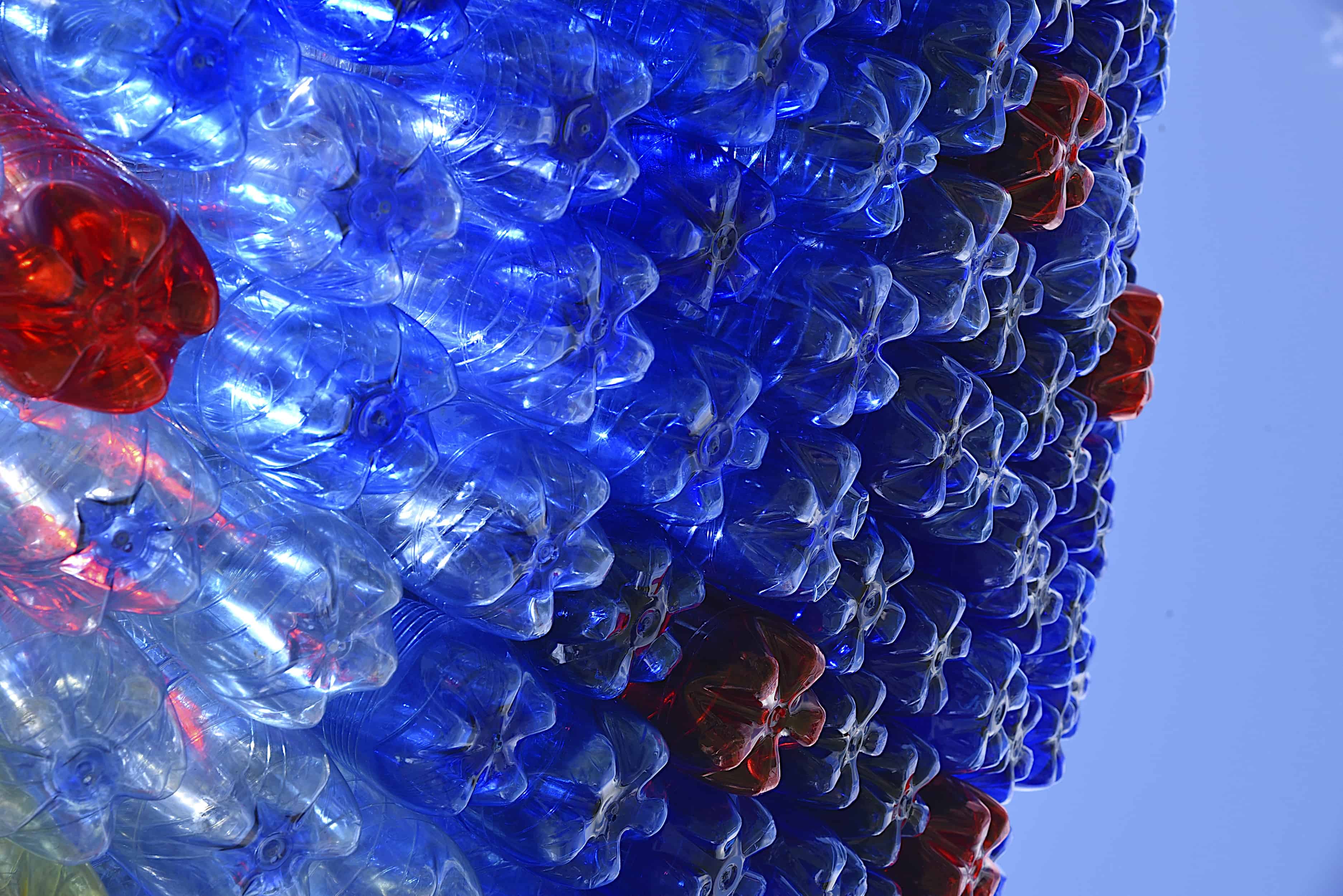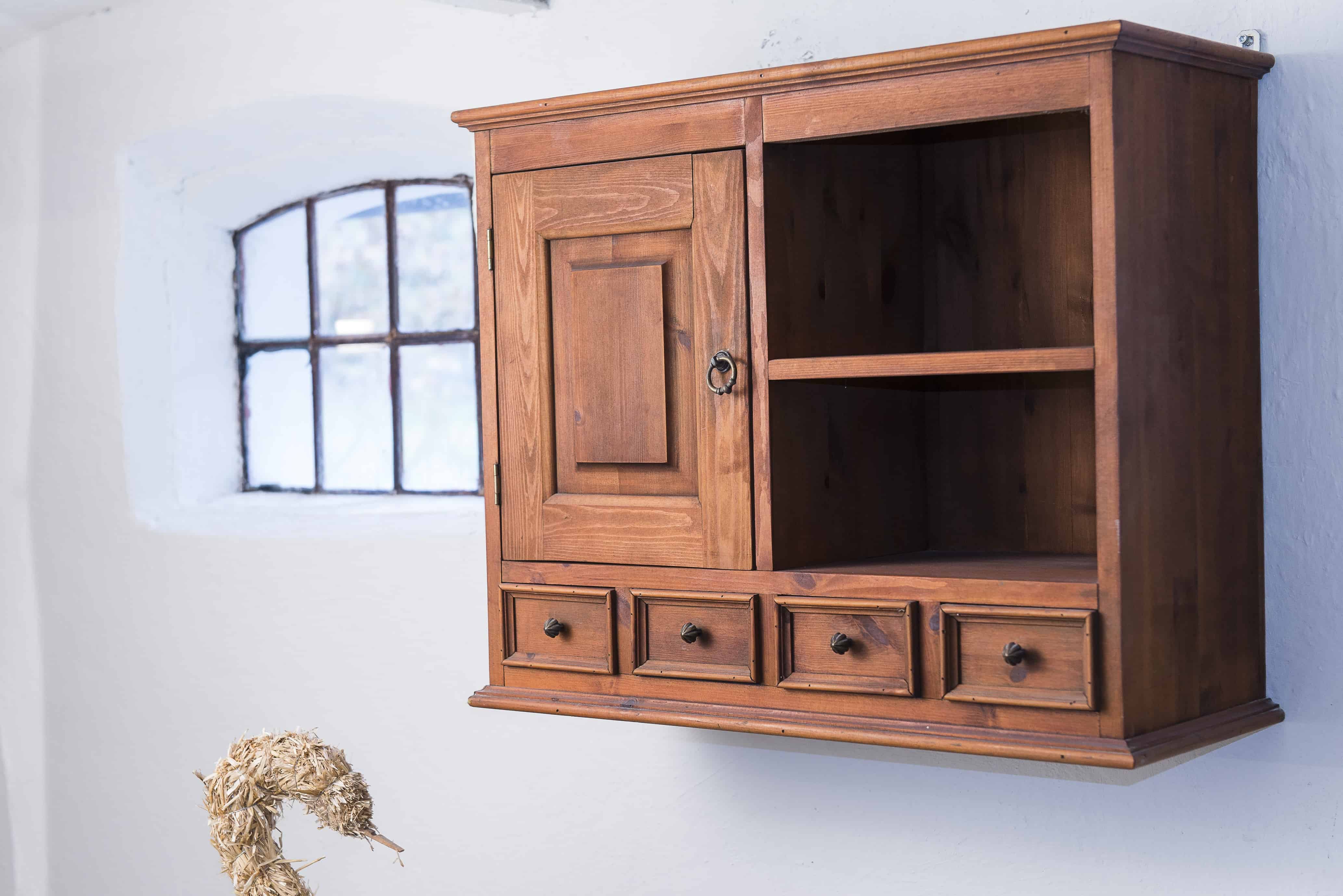Farewell Fairlight : Audio clip (August 2021)
Third Prize in the GRM Découvertes composition contest
The premiere is a radio broadcast for late summer as the work was awarded 3rd Prize in the GRM Découvertes composition contest for her work, Farewell Fairlight (2021). This new composition will receive a premiere radio performance broadcasted in L’Expérimentale, the INA grm radio show on France Musique later this year.
A link to the broadcast will be posted here once it becomes available.
This composition exclusively makes use of sounds sourced from the Fairlight CMI. These sounds include the factory pre-recorded samples which came loaded on 8-inch floppy diskettes on the Fairlight CMI series II from its manufacturer in 1982.
Other sounds are derived from the mechanics and internal workings of the Fairlight, for example, the turn key (power switch), power up and power down sounds, the innovative light-pen making contact with the monitor screen, the drop down panel, disks loading/reading and the unmistakably loud fan noise emanating from the instrument. These mechanical sounds were sourced from the Fairlight CMI IIx housed in the Clockhouse at Keele University, UK where I worked between 2019-2021.
The work fundamentally explores a historically important and treasured sound library that defined the sound of 80s pop. The legendary bottle smash, ORCH 2, and Trevor Horn stabs are just some of these well known Fairlight sounds that now feature in new configurations in this work. These samples are reimagined with musique concrète techniques, layered, processed and looped to create a new montage.
Working with a sound library of such significance and magnitude has made me wonder about the curatorial decisions in putting together this library of sounds of how this rather mixed bag of materials came about - conversations with Peter Wielk (studio manager for the Fairlight) has shed light on the backstory of many sounds in the collection. My impetus for creating this work was the knowledge of the sounds’ common feature - their brevity. The sounds last no longer that a second in most cases due to the limitations of RAM and processing power. Another very noticeable feature of all Fairlight samples is the low resolution and generally low audio quality the sounds possess. With 8-bit samples, with an 11kHz sample rate, audio quality was certainly somewhat compromised (in comparison to CD quality 44.1kHz, 16Bit), which is exhibited through a gritty, but much loved character.
Many thanks go to music technicians Cliff Bradbury and Ian Bayliss at Keele University, Rob Puricelli and Paul Harkins for igniting my interest in the Fairlight and for Peter Wielk for sharing his knowledge about the sample libraries.


